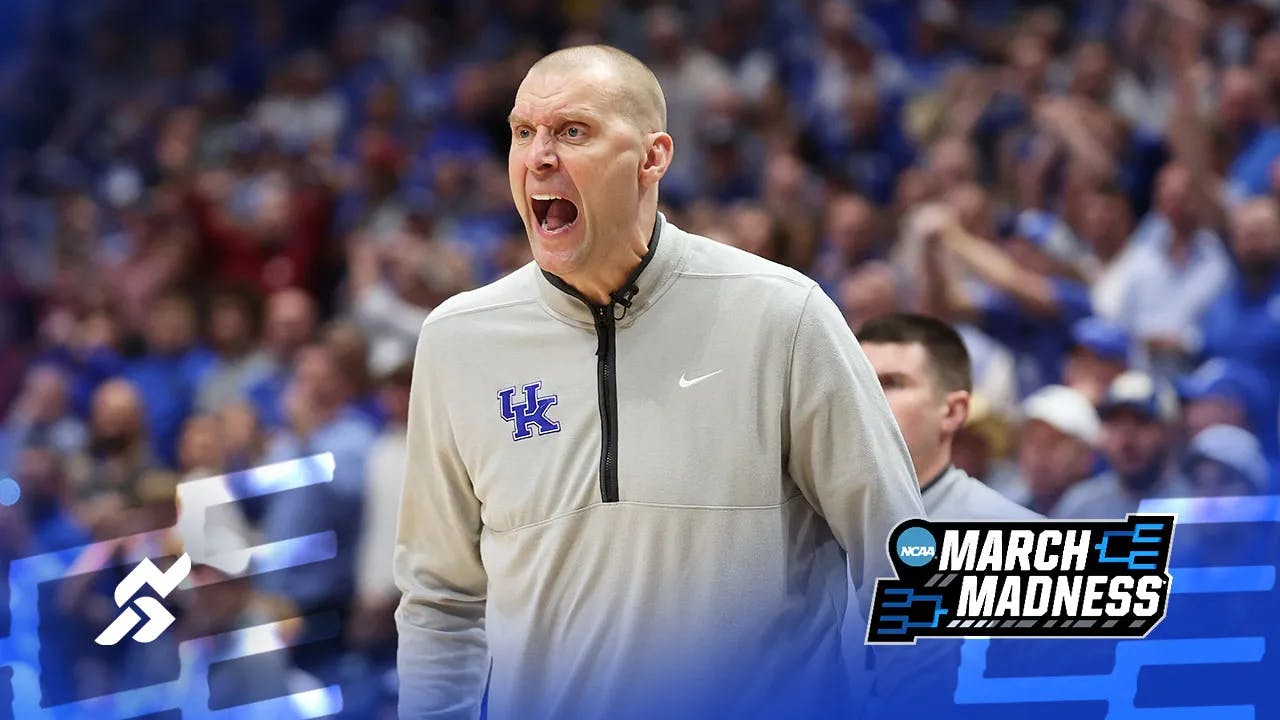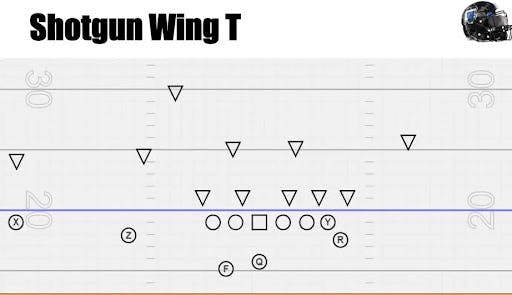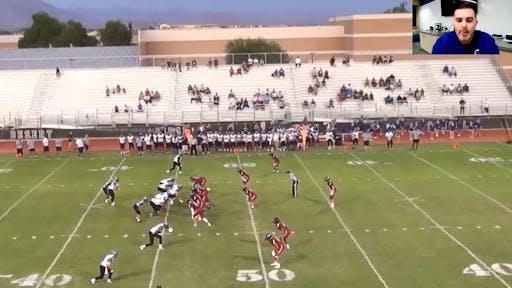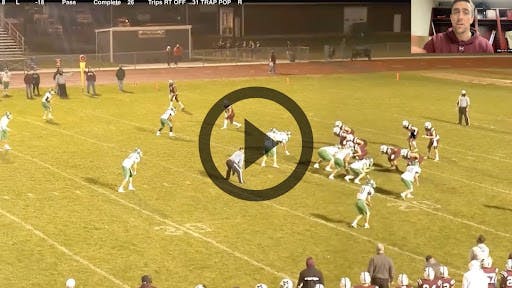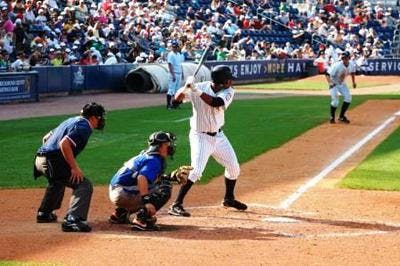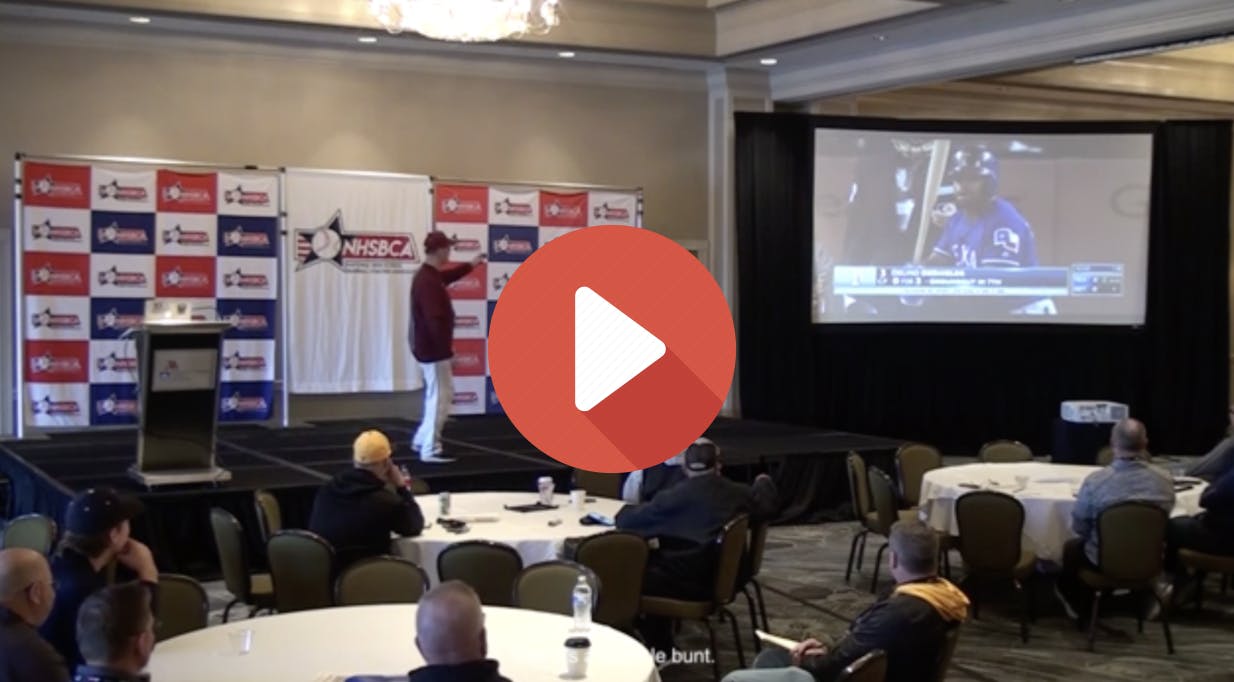Spring and Summer Sports Are Underway! Now Streaming On US Sports Radio!
- By William Markey
As coaches, we know the offseason is a crucial time for shot put athletes to refine their technique, build strength, and stay sharp for the upcoming season. These three indoor drills, demonstrated by Coaches Scott Barrett, Phil Olson, and Justin St. Clair, help maintain form and improve key mechanics.
These drills target posture, balance, and synchronization between the lower and upper body, emphasizing proper chest positioning, reducing shoulder movement, and using the lower body for acceleration. They help train important factors such as keeping the chest up, avoiding unnecessary shoulder movement, and using the lower body to generate acceleration throughout the throw.
Shot put requires a precise blend of strength, technique, and timing, and structured drills ensure athletes develop proper form to maximize distance and reduce injury risk. These drills cater to varying skill levels. Target physical attributes like explosive power and balance enhance performance, while consistent practice allows coaches to track progress and adjust training. Engaging, adaptable drills, can help athletes remain committed and prepared for the season ahead.
CRACK THE WHIP
This drill “Crack the Whip” is taught by Coach Scott Bennett, from his “Discus Drills” video series.
It primarily focuses on synchronizing the hip and sweep movement to generate acceleration in the throw.
It is a great way to help athletes practice controlling unnecessary movements, it emphasizes creating the correct shin angle, pushing off the foot, and turning the hips together with the sweep while avoiding unnecessary shoulder and arm rotation, as well as foot turning, which could disrupt the shot put technique.
Coach Scott Bennett brings over 40 years of experience coaching athletes from high school to the Olympics. He has developed 5 Olympians in the field events, including a gold medalist. Notably, Coach Bennett has worked with Aretha Thurmond, a 4-time Olympian and 4-time national discus champion, and Andy Bloom, a 4th place finisher in the shot put at the 2000 Sydney Olympics. Bloom is one of the most accomplished shot/discus ‘doublers’ in history, with personal bests of 71'7" in the shot put and 224'7" in the discus. He also won NCAA titles in both events.
STICK DRILL
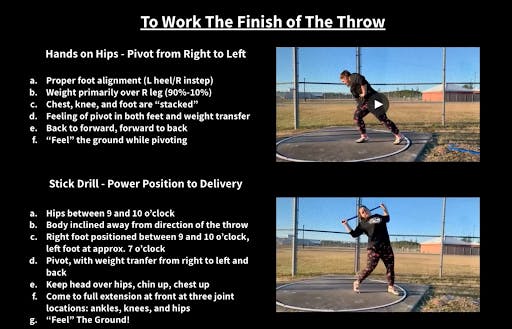
This “Stick Drill” comes from Coach Philip Olson from his course, “Discus and Shot Put Training for the Young Thrower Thrower”.
It focuses on refining the finishing position by ensuring the chest remains up and the body extends fully overhead, promoting proper alignment and balance.
This drill emphasizes maintaining a tall, controlled finish to avoid leaning forward and to reinforce the correct posture during the delivery.
Coach Philip Olson is the Director of Track & Field and Cross Country at Stephen F. Austin University, where he has led the men’s and women’s programs since 2000. Under his leadership, the Lumberjacks and Ladyjacks have won 34 conference championships, with the Ladyjacks holding the most women’s titles in Southland history. Olson has earned 17 Southland Conference Coach of the Year honors, coached 30 SLC champions in throwing events, and produced 7 Academic All-Americans.
TOWEL DRILL
Finally, the “Towel Drill” comes from Coach Justin St. Clair’s course, “Throwing the Discus: Start to Finish”.
This drill emphasizes the importance of using the lower body to generate movement, focusing on balance and posture.
The focus remains on maintaining a strong foundation with the lower body to avoid relying too heavily on the upper body.
Coach Justin St. Clair was named associate head coach and throws coach at Nebraska in 2021 after a decade of success at North Dakota State. St. Clair was voted USTFCCCA Midwest Region Assistant Coach of the Year nine times and coached Payton Otterdahl to the 2021 Olympic Games and NCAA titles in shot put and weight throw. He guided five throwers to All-America honors in 2021 and led NDSU to national dominance, producing 30 NCAA All-Americans in throwing events. St. Clair’s athletes have broken numerous records and earned top finishes at national and international competitions.

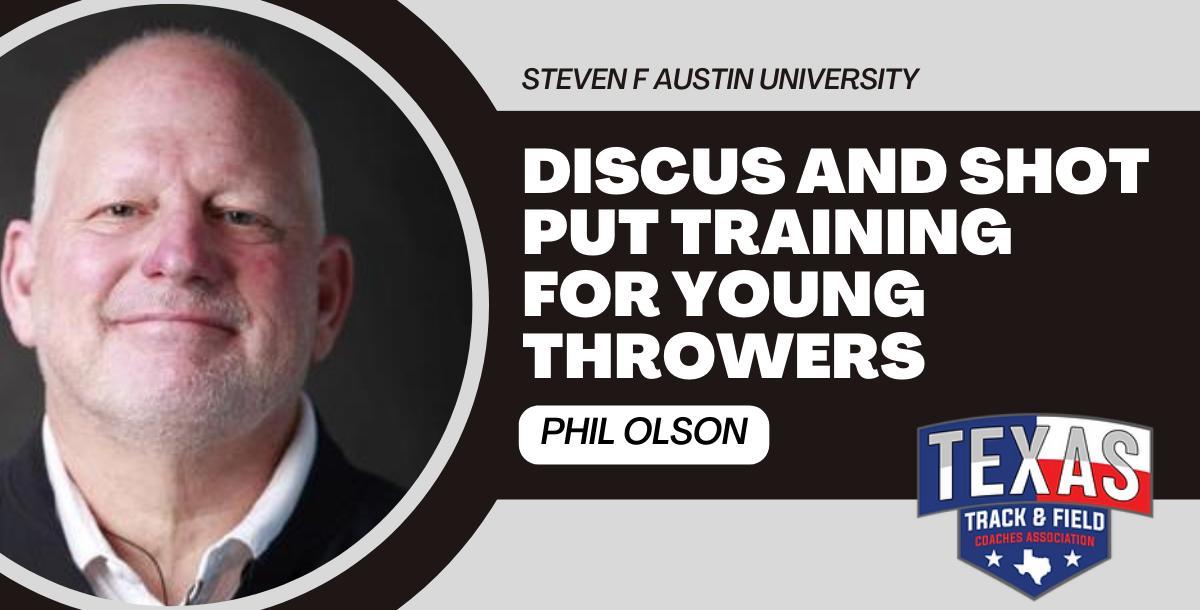





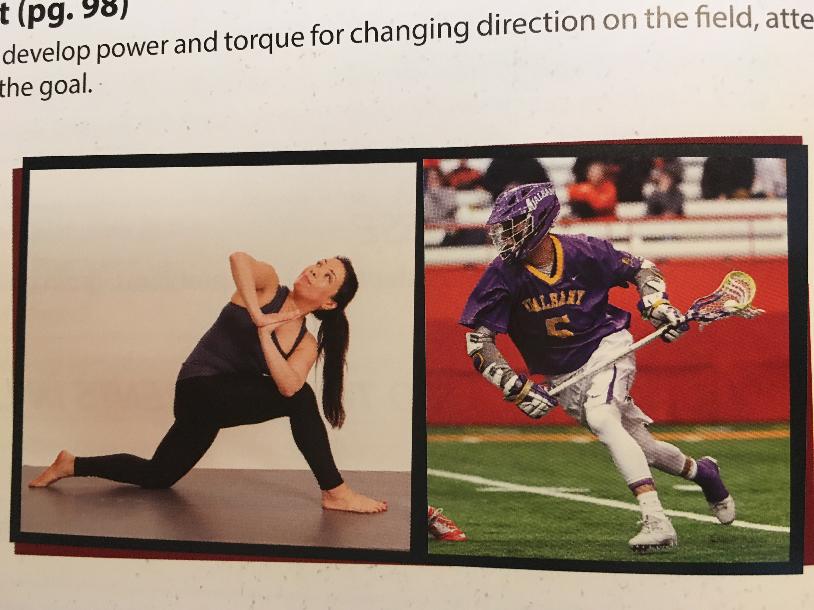

 Injury Prevention & Recovery: Proven techniques to keep athletes strong, flexible, and resilient
Injury Prevention & Recovery: Proven techniques to keep athletes strong, flexible, and resilient Watch & Train: YouTube: Gwen Lawrence Yoga
Watch & Train: YouTube: Gwen Lawrence Yoga Follow for More: Twitter & Instagram @gwenlawrence | Facebook: Gwen Lawrence Yoga
Follow for More: Twitter & Instagram @gwenlawrence | Facebook: Gwen Lawrence Yoga